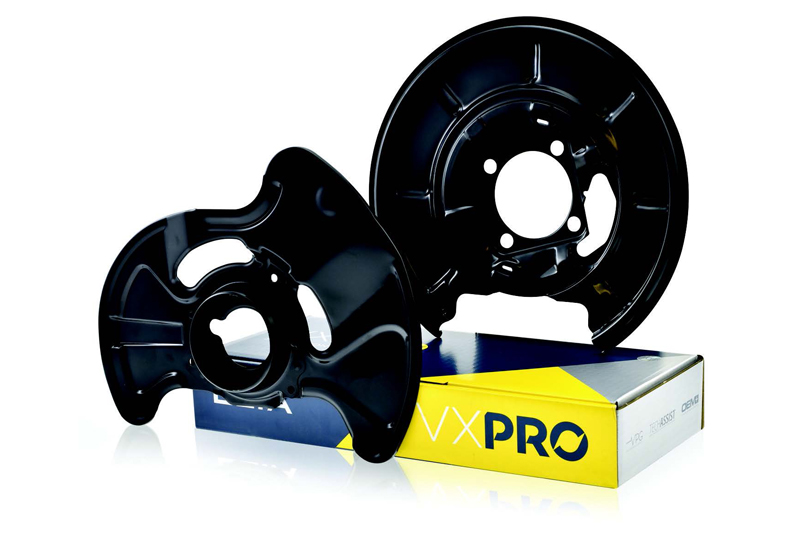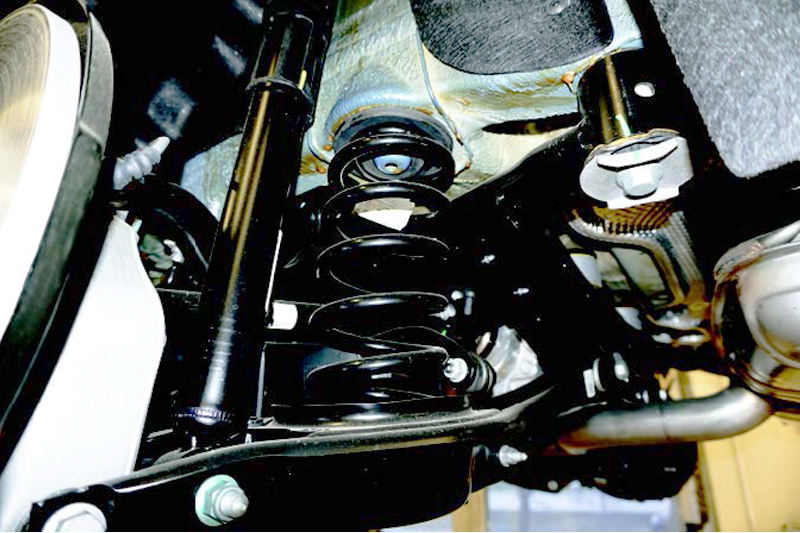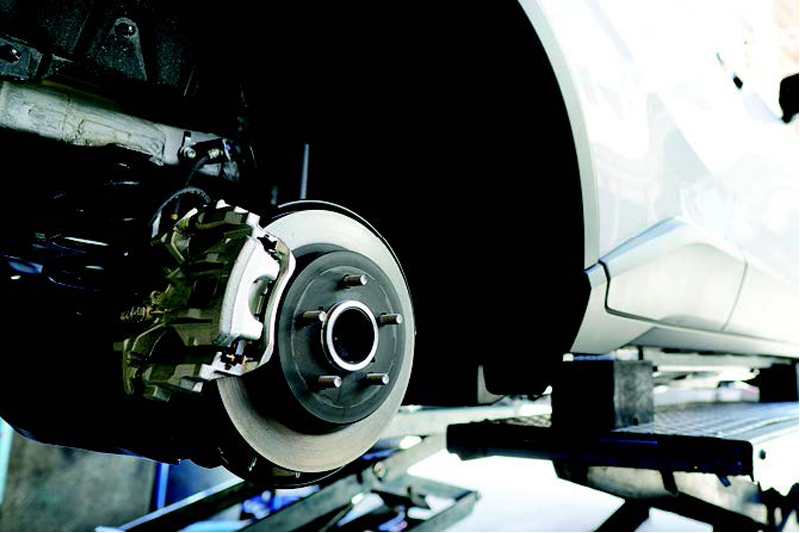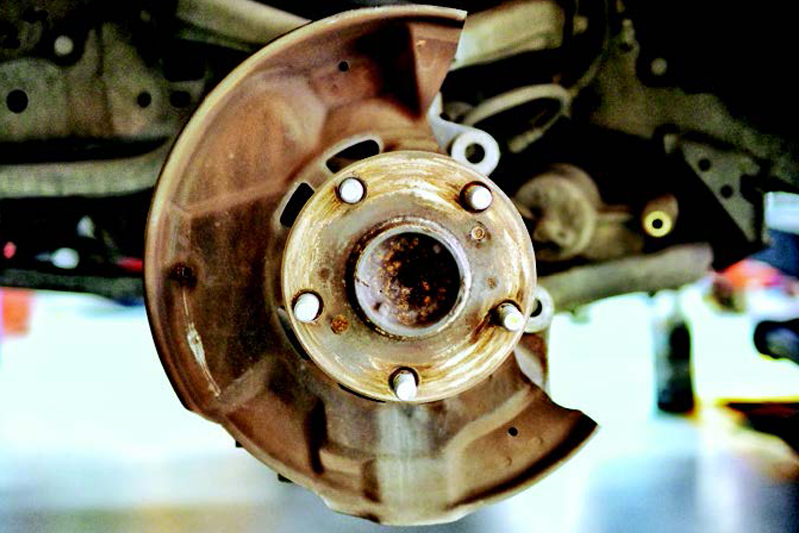
Elta Automotive discusses the purpose of an often forgotten component within the braking category, the brake shield, and emphasises its important role in maintaining the health of many other components.
Although Elta Automotive is better known for its vehicle electrics and electronic products, the company says that it prides itself on providing customers with a wide array of other products, particularly those where there is an obvious synergy.
Following the launch of its VXPRO brake wear sensors, the supplier has now introduced brake shields, which is an as-yet underdeveloped segment, and one that presents factors and their workshop customers with an excellent added value opportunity.

Although seen on a daily basis, brake shields, otherwise referred to as dust covers, back plates or splash panels, are largely considered an irrelevance and are generally ignored by technicians as they undertake their regular service and repair responsibilities. Perhaps the only exception is when they are sometimes removed under the misconception that without them, brake cooling can be improved or benefit the vehicle’s aesthetics.
However, as vehicle manufacturers are always exploring ways to cut costs and reduce kerb weight, the fact that they fit dust shields means there is a requirement to do so. Although they are generally relatively simple in design and made from pressed aluminium, this doesn’t undermine their importance as they serve to protect the braking system, as well as steering and suspension components, from heat, dirt and debris that could potentially reduce their normal lifespan.

Looking in more detail, the shield protects the brake discs, pads and hoses from being bombarded by dirt and dust contamination from both the road and the friction material that is produced as the pads and discs wear from their use. They therefore help to maintain the vehicle’s braking performance. In turn, they also contribute to the protection of hot discs, by reducing the amount of sudden cold water that can splash them and cause them to warp or crack. The final element from a braking standpoint is the protection of electronic components such as ABS and brake sensors, and their associated wiring, from heat and debris.
When it comes to steering and suspension, without the brake shield, these components would become caked with brake dust, which is a significant cause of corrosion. When on the surface of these parts, the metal filings in the brake dust can oxidise and this can begin to undermine the integrity of the metal. Rubber parts such as bushes and protective gaiters, or where it is used on shock absorbers for example, can also suffer, as they are prone to drying and cracking, generally as a result of excess heat.

The primary causes of failure are usually as a result of corrosion, due to prolonged exposure to moisture and road salt or damage, generally from driving over large debris, pot-holes or in the event of an accident, but sometimes due to being bent whilst work is undertaken on the brakes.
As an inexpensive part that plays an important role in prolonging the life of more costly components, Elta recommends that brake shields are replaced at the first sign of damage, thereby ensuring the vehicle has the protection it needs, while presenting a professionally finished job.
On older vehicles with drum brakes that have components mounted on them, the MOT manual states they should be inspected for ‘presence and security or brake back plates, wheel cylinders and calipers’, and rejected if ‘a brake back plate, wheel cylinder or caliper securing device is loose, missing or excessively deteriorated’. Disc brake shields/plates are not affected by the MOT unless they are hindering braking performance.







